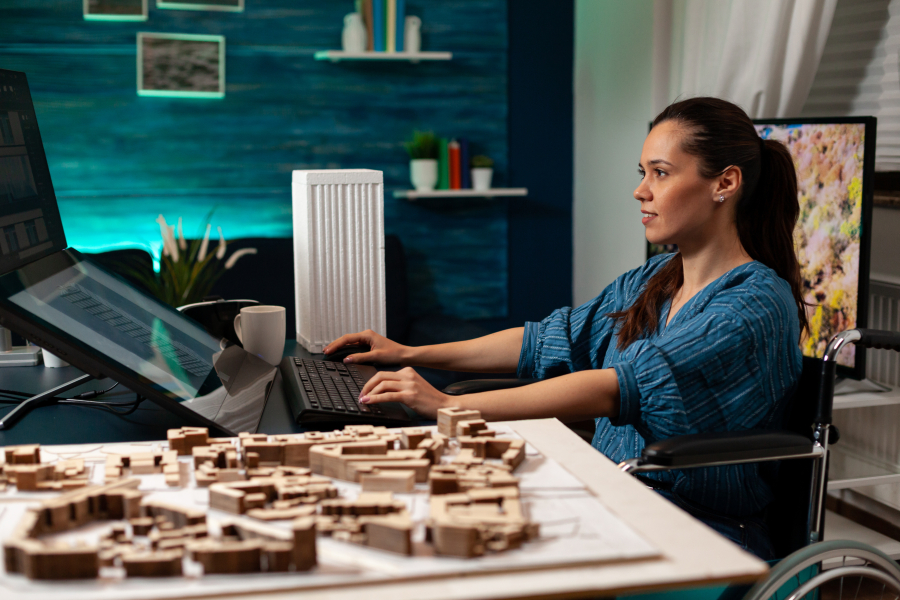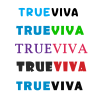How to Present Architectural Concepts to Clients
In the world of freelance architecture and interior design, one of the most critical skills is not just creating innovative concepts but also presenting them effectively to clients. Many freelancers have exceptional design skills, yet they struggle to communicate their vision in a way that clients can clearly understand and appreciate. A successful presentation bridges the gap between imagination and reality, ensuring that clients feel confident and excited about the project.
For freelancers, effective presentations can mean the difference between winning a contract or losing it to competitors. By mastering the art of presenting architectural concepts, freelancers can build stronger client relationships, showcase their expertise, and gain long-term trust. This guide will explore strategies, tools, and tips for presenting architectural concepts to clients in a compelling, professional, and client-friendly manner.
Long Description
1. Why Presentation Matters in Freelance Architecture
Clients often don’t have a technical background, so raw plans and blueprints may confuse them.
A strong presentation translates technical drawings into visuals and language clients can relate to.
Clear communication reduces misunderstandings and costly revisions later in the project.
Presentations are an opportunity to highlight the freelancer’s creativity, professionalism, and unique style.
2. Understanding the Client’s Perspective
Every presentation should start with empathy. Consider the client’s goals, lifestyle, and preferences.
Ask questions before preparing the presentation:
What are the client’s priorities (budget, aesthetics, sustainability, functionality)?
Do they prefer visual storytelling, data-driven decisions, or step-by-step walkthroughs?
Tailor your presentation style to the client. For example, some clients may prefer 3D renderings, while others may want mood boards or cost breakdowns.
3. Structuring the Presentation
A presentation should flow logically to make it easier for clients to follow. Suggested structure:
Introduction – Briefly explain your design philosophy and how it aligns with the project.
Client Goals Recap – Restate what the client wants to show you understand their needs.
Concept Overview – Present the big idea, theme, or inspiration for your design.
Visual Demonstrations – Use 2D drawings, 3D models, or VR walk-throughs.
Practical Aspects – Discuss budget, materials, sustainability, and timelines.
Client Feedback – Allow space for the client to ask questions or suggest changes.
4. Visual Tools for Presenting Concepts
Freelancers should leverage modern tools to make concepts engaging and easy to understand.
Sketches and Hand-Drawings: Quick and personal, great for showing early ideas.
AutoCAD & Revit: Professional software for detailed plans and technical accuracy.
3D Renderings (SketchUp, Lumion, Blender): Helps clients visualize the final look.
Virtual Reality (VR) and Augmented Reality (AR): Allow clients to experience the design before construction.
Mood Boards: Convey atmosphere, style, and color palettes effectively.
5. Storytelling in Design Presentations
Every concept should have a story behind it.
Explain why you chose certain shapes, materials, or layouts.
Connect design decisions to the client’s lifestyle or brand identity.
A storytelling approach makes the design memorable and emotionally impactful.
6. Simplifying Technical Language
Replace technical jargon with simple explanations. Instead of “load-bearing structure,” say “this wall provides the main support for the building.”
Use diagrams and annotations to explain complex details.
Provide comparisons that clients can easily relate to (e.g., “this lighting saves as much energy as replacing ten regular bulbs”).
7. Using Digital Presentation Platforms
PowerPoint / Keynote: Useful for structured slides with visuals.
Canva: Allows freelancers to create visually appealing layouts without advanced design skills.
Miro / Figma: Collaborative platforms where clients can leave feedback in real time.
BIM Tools: Enable data-driven presentations with real project simulations.
8. Handling Client Questions and Objections
Stay open-minded when clients challenge your ideas.
Prepare backup design options to show flexibility.
Use data and references (e.g., case studies, material samples) to justify choices.
Turn objections into opportunities by showing how you adapt to feedback.
9. Adding Professional Touches
Always provide a project brief or presentation booklet that clients can take away.
Include cost estimates, material specifications, and project timelines.
Maintain consistent branding (colors, fonts, and logos) in your presentations to build credibility.
Keep presentations concise—avoid overwhelming clients with too many details at once.
10. Tips for Freelance Architects to Improve Presentation Skills
Practice regularly: Rehearse your presentation to ensure smooth delivery.
Engage clients: Ask for feedback during the presentation instead of at the end only.
Focus on clarity: Make every slide or visual easy to understand.
Update skills: Learn the latest software and tools to stay competitive.
Seek feedback: After presentations, ask clients what helped them most and what could be improved.
11. Common Mistakes to Avoid
Overloading the client with technical data.
Ignoring the budget and focusing only on aesthetics.
Using inconsistent or poor-quality visuals.
Talking too much without listening to the client’s input.
Not highlighting how the design solves the client’s problems.
12. Building Long-Term Client Trust Through Presentations
Delivering clear and impressive presentations increases client confidence.
Clients are more likely to refer freelancers who communicate well.
A presentation that respects client preferences helps build a professional reputation.
Long-term trust leads to repeat projects and stronger portfolios.
Conclusion
Presenting architectural concepts to clients is not just about showing drawings; it is about communication, storytelling, and professionalism. For freelancers, mastering this art means building stronger client relationships, securing more projects, and standing out in a competitive market. By using visual tools, simplifying language, and tailoring presentations to client needs, freelance architects can ensure that their concepts not only impress but also inspire confidence and trust.


 by Emily
by Emily



